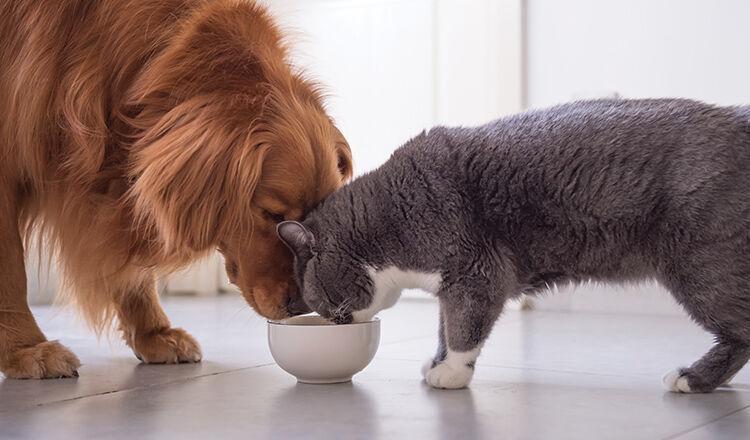Animal nutritionists promote the many benefits of carbohydrates in pet food, yet various pet-related blogs and websites seem to disparage them. This article examines the evidence refuting some of the commonly heard arguments.
Defining carbohydrates
Many of the arguments on pet websites against carbohydrates in pet food are along similar lines: 'Wolves didn't raid corn fields. Carbs are not required and therefore don't provide value. The more protein, the better.' Or: 'You would never see a wild cat chasing down a herd of biscuits running across the plains of Africa, or dehydrating a mouse and topping it off with corn meal.'
Such discussions are not helped by the fact that the terms 'carbs', 'sugar', 'starch' and 'fibre' are often mixed up when referring to pet food ingredients. FEDIAF has attempted to address these misconceptions by clarifying that carbohydrates are a group of compounds with a common biochemical structure, but divided into three main categories: sugars, starch and fibres. They all have an important role to play in pet nutrition. But in the context of carbohydrates in pet foods, these are not sugars but mainly digestible starches and non-digestible dietary fibres.
Starch
Domesticated cats and dogs have evolved over thousands of years, and they no longer have the same dietary requirements as their ancestors living in the wilderness. Today's cats and dogs have the necessary enzymes to break starch down into smaller molecules, which can then produce energy for their cells. An additional benefit is that starch as an energy source allows for a lower-fat diet and can thus help to reduce the risk of obesity.
Fibres
In contrast, fibres are not digestible by cats and dogs. However, they do have several benefits. Prebiotic fibres promote the growth of beneficial intestinal microbiota through fermentation and can therefore help reduce harmful bacteria colonisation. The fermentation products of fibre are beneficial to large intestinal cells. Non-fermentable fibre promotes regular bowel movements and regulates intestinal transit. Moreover, since fibre provides almost no calories to the dog and cat, it can be used to deliver bulk and satiation for pets and can help in weight management.
FEDIAF
The FEDIAF Scientific Advisory Board, composed of nutritionists from European universities and veterinary schools, summarised these conclusions in a Scientific Expert Review. This was followed by a pet owner-friendly factsheet to help clear up misunderstandings about the valuable role of carbohydrates in healthy cat and dog nutrition. Addtitional white papers can be downloaded at fediaf.org
by Global pets
You could be interested: Make It Grain



































